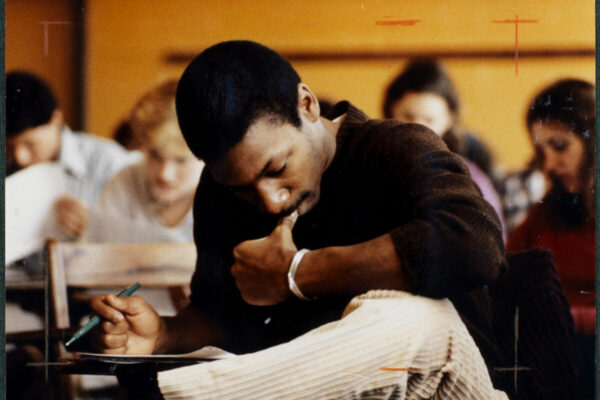New Might Not Always Mean Improved: The Benefits and Drawbacks of the New FAFSA
Title: Chutes and Ladders: Falling Behind and Getting Ahead with the Simplified FAFSA
Authors: Jonathan S. Lewis and Alyssa Stefanese Yates
Source: uAspire
Prior to the 2024-25 academic year, the Free Application for Federal Student Aid (FAFSA) underwent significant changes, mandated by Congress through the FAFSA Simplification Act. A recent uAspire survey of 274 students, parents, counselors, and financial aid administrators found the changes to the FAFSA entailed a number of “chutes,” or drawbacks, and several “ladders” that allowed for a more streamlined financial aid filing process.
Key survey findings regarding the simplified FAFSA’s benefits and challenges include:
Benefits:
- Students appreciated the reduced number of questions within the new FAFSA form.
- The office of Federal Student Aid improved help text and resources, which aided those accessing the form in answering common questions.
- Some populations had easier experiences with FAFSA, such as those with relatively straightforward finances, and individuals without overwhelming extenuating circumstances.
- Those with previous FAFSA experience noted a generally easier experience with the changes.
- Students with access to high school or college counselors often found greater success with the changes, demonstrating the importance of accessibility to help during the process.
Challenges:
- More than half of those surveyed reported experiencing technical problems.
- The delayed FAFSA timeline heightened stress among students and counselors.
- Insufficient communication and customer service left approximately 4 million calls to the Department of Education’s call center between Jan. 1 and May 31 unanswered.
- The issues above often compounded, forming intersecting challenges for students and counselors.
- Individuals without a Social Security number and English language learners felt the challenges with FAFSA more severely, struggling in particular with technical problems and communication barriers, demonstrating that some populations had more difficult experiences than others.
The authors conclude by recommending several additional changes to the FAFSA. To minimize the compounding negative effects of the chutes, financial aid processing should be completed faster; technical glitches should be fixed; and communication, wording, and form accessibility should be improved. The authors also recommend fortifying the ladders by finding additional opportunities to reduce the time spent and frustration felt by those filing.
Overall, the survey highlights how the FAFSA changes produced diverse and polarizing effects. Many students found the process to be simple, securing their financial aid with just a few clicks; other students felt extreme stress caused by technical roadblocks and delays, which left them uncertain about how to pay for school.
To read the full report from uAspire, click here. For additional information and to read about the Jan. 16 webinar with the authors of the report, click here.
—Julia Napier
If you have any questions or comments about this blog post, please contact us.


